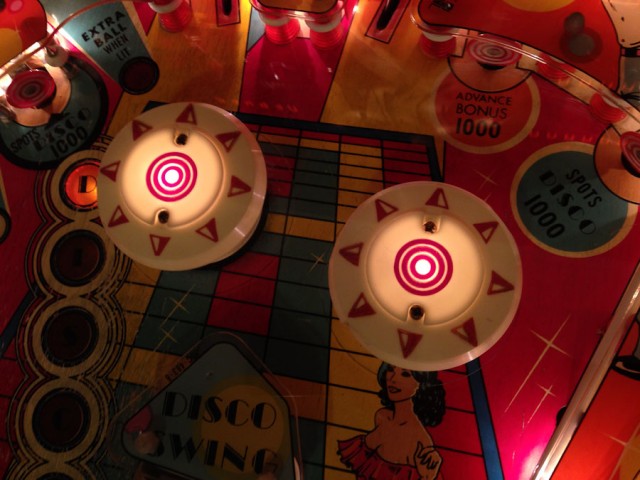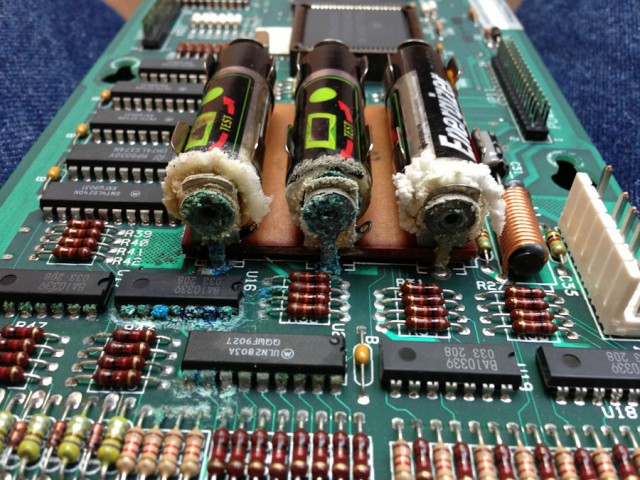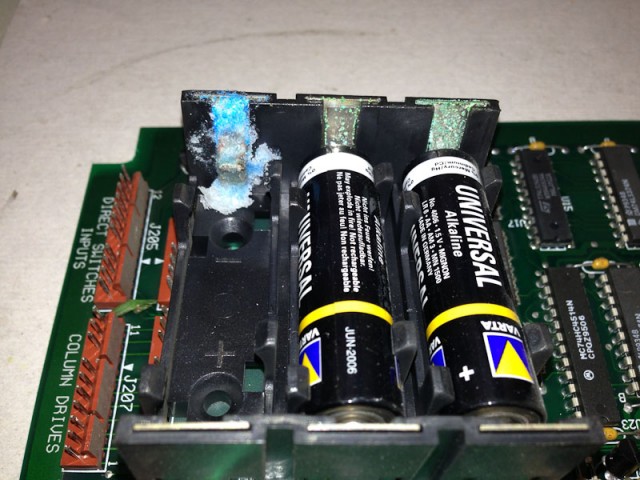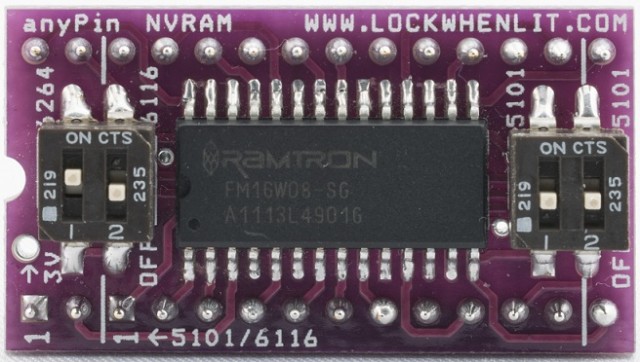Location: Near Morrison, CO.
Symptoms: Blows fuse (F4).
The machine would immediate blow the fuse (less than 1 second) upon powering up. Fuse F4 supplies the 43 volt solenoid circuits which are prone to broken wires, shorted coils, etc. So, I expected to find a short somewhere on the playfield. I isolated the power supply by removing all of the connectors except for J2 (cabinet) which supplies the wall AC power to the power supply, but this connector also supplies solenoid power to the knocker and the coin door. The fuse still blew. I checked the cabinet wiring to make sure there was no short, then focused on the power supply itself.
It turned out to be a shorted bridge rectifier between the AC and the minus (-). I brought the power supply back to my shop for repair. I looked up the part number for the bridge and found it on Marco’s site. For better or worse, the bridge I received was slightly larger. Not only were the pins further apart, it was also thicker.
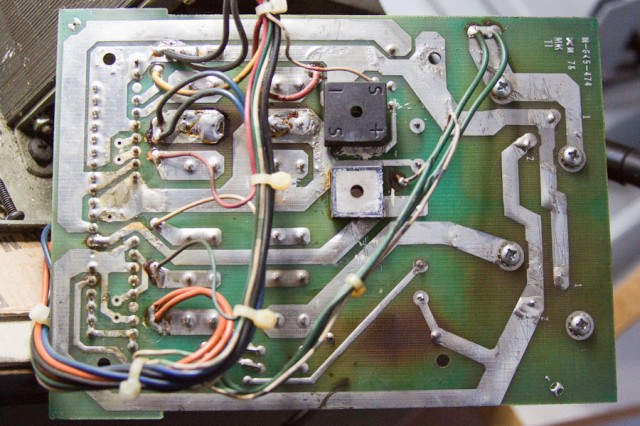
New bridge rectifier (black square) above an original working bridge rectifier just below it.
This posed a problem as there are two bridge rectifiers in the circuit and both are mounted on the bottom side of the PCB and are heat-sinked against a metal bar on the power supply chassis. If one is thicker than the other, one will be heat-sinked, the other will not.
I decided to shift the bar over, so that existing bridge would contact the bar and the new bridge would go directly to the chassis.
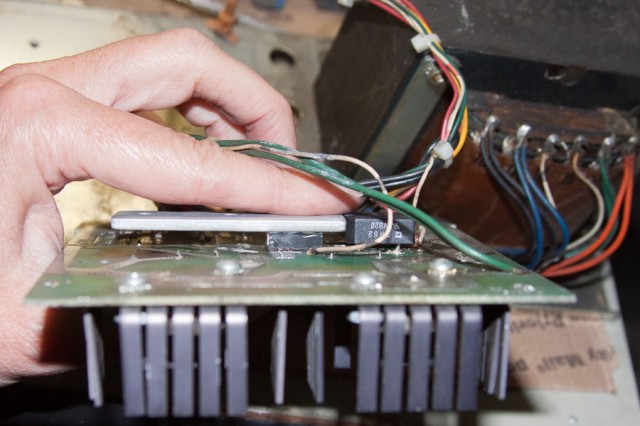
With the metal bar, both rectifiers will contact the chassis when the board is remounted.
I added some new heatsink grease to both bridges. I powered the circuit and all was fine. This power supply was only used on two machines, KISS and Space Invaders.
Back at the customer’s location, the game powered up and worked fine. I replaced a few burned out bulbs. The NiCad RAM backup battery mounted on the CPU board has partially failed. I am debating whether to replace it with a 1 farad super cap, or the typical 3 cell AA holder. The super cap requires the machine to be powered up periodically so that it can recharge. The AA batteries don’t require recharging, but there is no nice place to put the battery pack and they have to replaced every few years.

